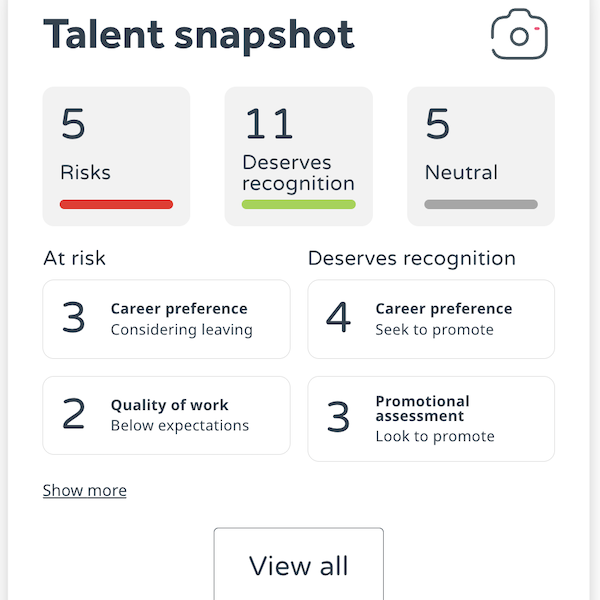I was talking to the noted performer, commentator and diversity campaigner Simon Fanshawe at a WeThrive advisory board the other day, when the subject of average scores came up. He threw up his hands and said:
“Ah, averages – the enemy of any HR professional.”
He has a point. So, here’s our take on why it’s time to break the law of averages and how you can go about doing just that.
The problem with ‘averages’ is that they don’t really exist
There’s many theories and ways that help drive home the point on this one, but if you struggle to agree with the idea, please read Todd Rose’s The End of Average. It shows just how many ways there are for the average person to differ from average.
It turns out that no-one in the entire population is average in every way. The average pupil and the average patient simply don’t exist, and neither does the average worker. No-one fits a one-size fits all solution. And yet, almost every government statistic related to health or education is an average, saying precisely nothing about the individual experiences of the people it claims to represent. And almost every company survey reports the average scores for the company and each division, stream, office or whatever.
Serving your ‘average’ employee won’t get you anywhere
The problem with an average is that they don’t generally tell you a great deal about the individual experiences of the people who make up your company.
WeThrive gets round the limitations of average scores by offering multiple ways to drill down through the data to groups as small as four people. Adding context and depth to turn the statistics into action plans that directly address the needs of the people in each sub-group.
You can also opt to view data right down to individual level. Some customers are initially concerned about loss of anonymity, but they quickly find that response rates are higher and people contribute more information when they know it will lead to more relevant and personal management attention and an improved experience of work.
Looking beyond averages to truly understand employees
Nothing beats listening really carefully to each person, and working with them to help them learn, grow and contribute more to the business. Traditionally this has been just too time-consuming and expensive for many companies, but WeThrive now makes that ultimate management experience available to every organisation, whatever its size.
Interestingly, this level and quality of attention makes it easier for companies to attend to the diverse needs of their workforce, not only in terms of how they identify but how they are doing and what they need to do better.
I wish we no longer needed identity politics, and that we had become a proper meritocracy, valuing people simply for their contribution. That is … some way off, and we’ll have to abandon averages before we get there because averages are the polar opposite of diversity.
In the meantime, we can do everyone in our organisations the honour of listening carefully to them and working with them to help them get their physical and psychological needs met better – soo they can become more useful and productive.
That seems to me a good response to the multiple levels of diversity in the human population, and – apart from improving employee experience, sick rates, retention and productivity – it’s what WeThrive is ultimately all about.
Back to the man who inspired this blog – Simon Fanshawe
He says it as it is, does Simon, which is why his presentation at our forthcoming customer event is titled ‘Diversity – Why Bloody Bother’. The answer is … well, come and see. There are a few spaces for people who are not yet WeThrive customers but they’re going fast. Just click here to book your ticket now.
Photography by Adam Bronkhorst published in Viva Brighton Magazine.


